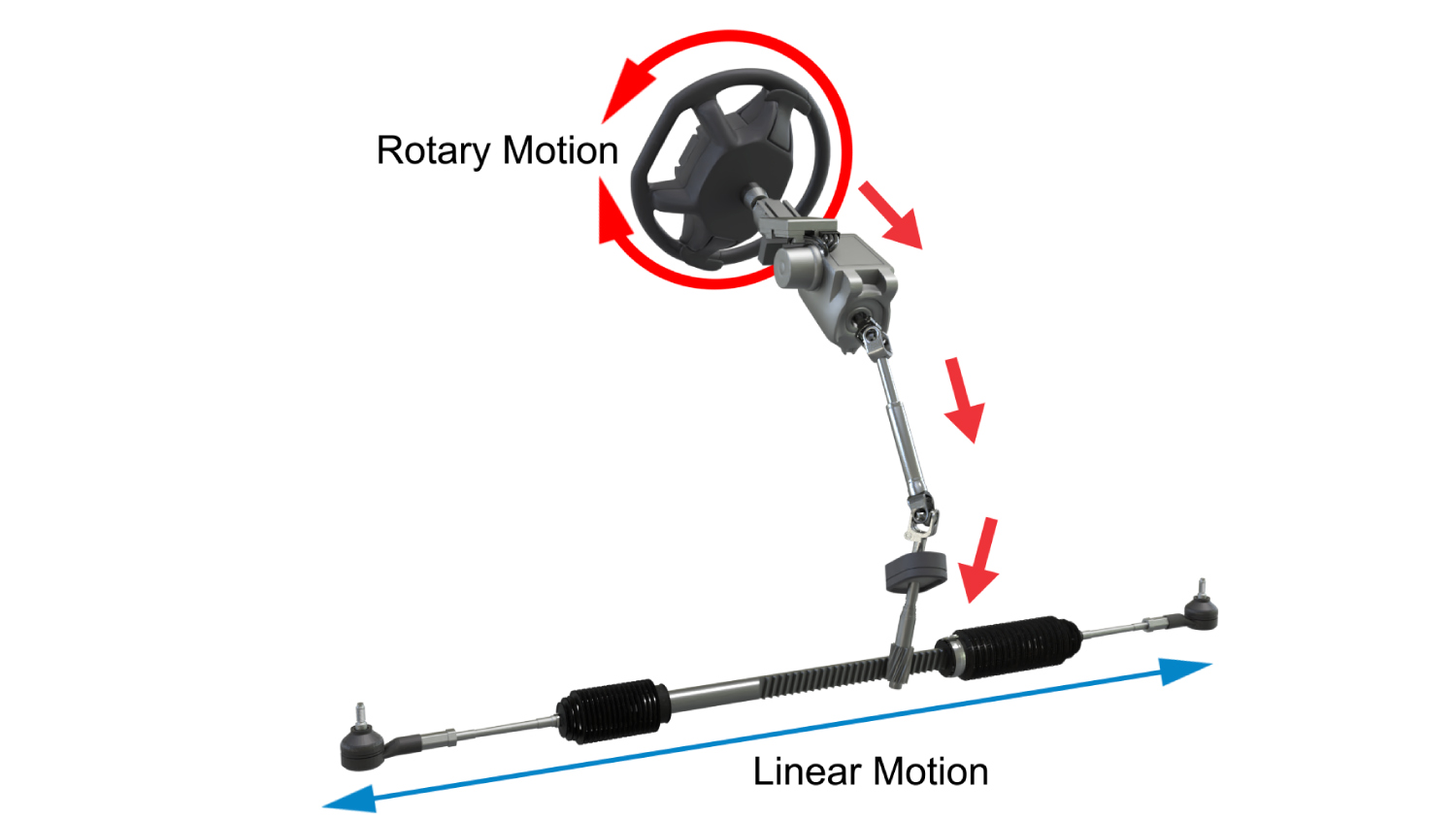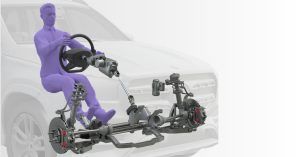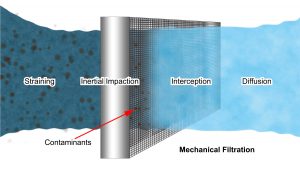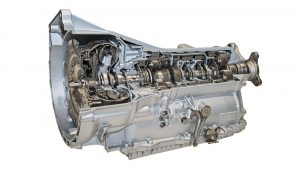Course Description
The THORS Steering System Basics course reviews the common components used in a steering system, the operating principles of the steering systems, and the various types of steering systems in passenger vehicles. This is an introductory level course that offers an interactive learning experience to allow for an in-depth understanding of various steering systems.
Who will benefit from this steering systems course?
Quality, manufacturing, engineering, designing, testing, purchasing, and sales functions at organizations that require an understanding of the basic terminology of steering system components, operating principles of steering systems, and the types of steering used in the automotive industry.
Course Classification
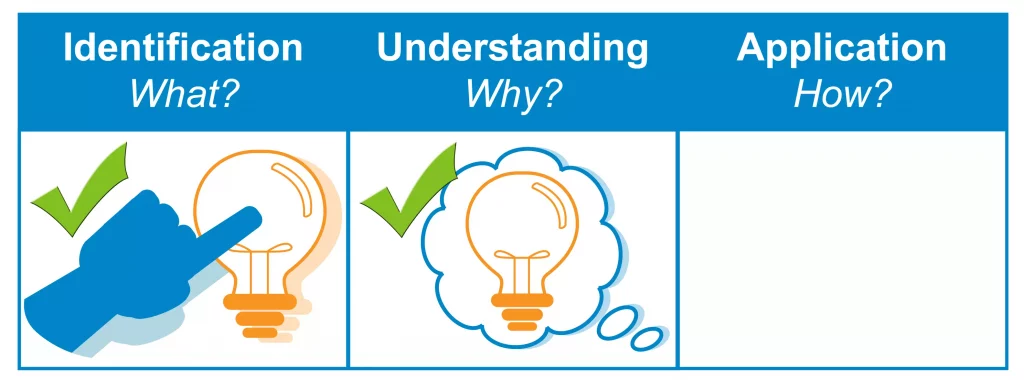
*THORS uses the Bloom’s Taxonomy Methodology for our course development.
Certificate Awarded for Steering System Basics
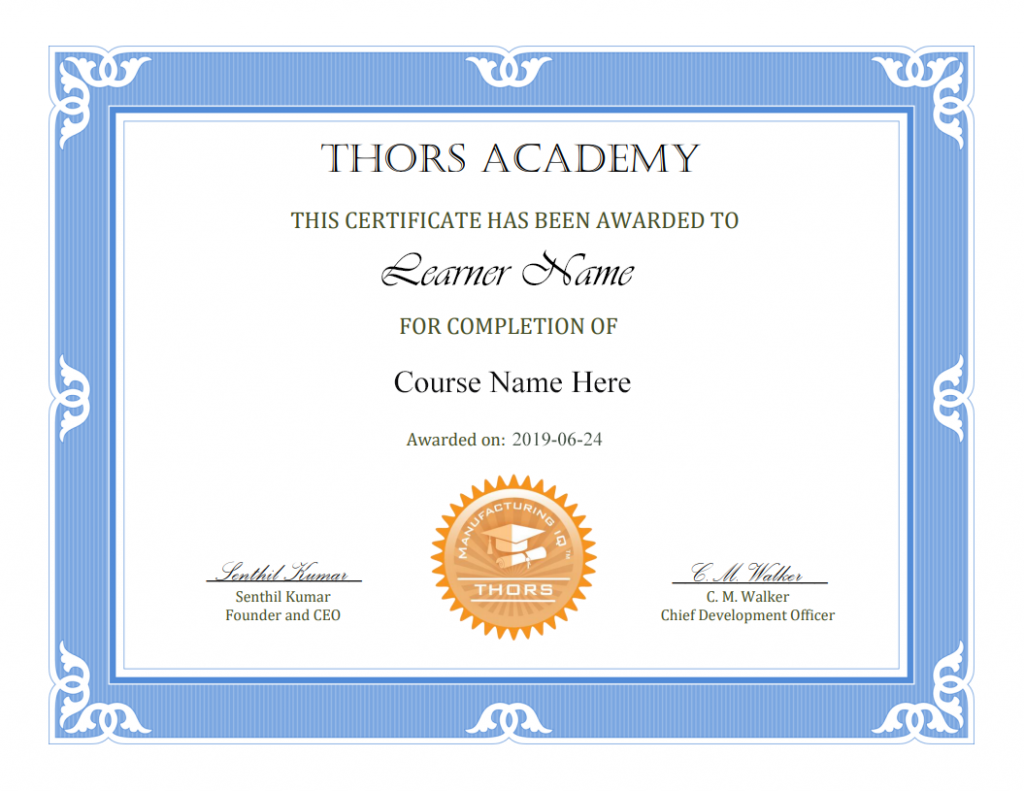
*upon successful completion
Related Posts

Women in Manufacturing: An Interview with Kavita Krishnamurthy
As part of a tribute to women in manufacturing, we at THORS eLearning Solutions decided to showcase one of our own, Kavita Krishnamurthy. Kavita is

The Role of eLearning in Compliance Training
In today’s fast-changing business environment, effective compliance training is more crucial than ever. eLearning in compliance training has emerged as a powerful tool for ensuring
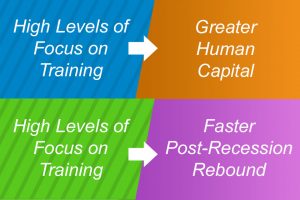
Training Perspective: Looking Back to Look Ahead
Companies are constantly reviewing ways to reduce costs and keep positive margins. During times of economic recession, external pressures from competitors as well as internal pressures

